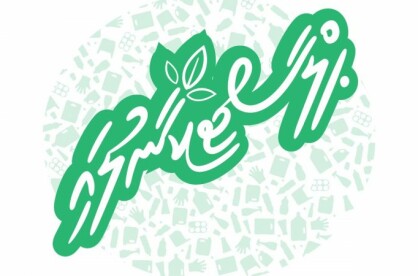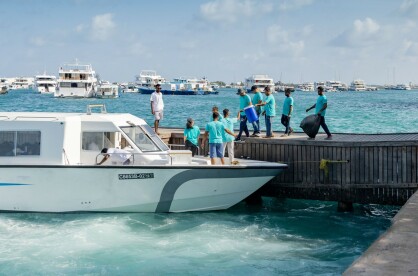Poverty is not an easy fix
Despite the Maldives' supposedly increasing national incomes, relative poverty and income inequality remain systemic.

Instagram - jamallo_shots
Despite the Maldives' supposedly increasing national incomes, relative poverty and income inequality remain systemic.

Instagram - jamallo_shots
The Maldives' GDP increased by 189 percent over the past 10 years, reaching about USD5 billion in 2019. GDP per capita climbed from USD8,429 in 2014 to USD10,541 in 2019, approximately MVR162,542 per capita. Despite increasing national incomes, relative poverty and income inequality in the country is prevalent.
As per the multi-dimensional poverty index report published by the National Bureau of Statistics, there are about eight major indicators that contribute to poverty in the Maldives. Some of them are over-crowding, toilet and sewage, safe drinking water, access to the internet, years of schooling, access to health care, obesity, and being underweight. Out of these, years of schooling is the main contributor to overall poverty in the Maldives, with an almost one-fifth, or a 19 percent, contribution. Access to health care has a 16 percent contribution. In Malé, lack of proper housing or over-crowding is the main contributor to poverty.
The Maldives, having achieved the highest per capita income in South Asia, and with a world renowned ultra-luxury tourism industry generating millions of dollars in income every year lags behind in the equitable distribution of income and wealth. Which begs the question: why is there such a high rate of poverty in the country?
The Household Income and Expenditure Survey (HIES) 2019 conducted by the National Bureau of Statistics estimates the working age population of the Maldives, those aged 15 and above, to be 317,482. Of this, 70 percent are income earners. This includes those not in permanent employment, but still receiving transfer incomes like basic pension payments.
The results show that on average a Maldivian earns MVR5,538 per month. This amount is higher in Malé, at MVR7,479, while in the Atolls it is far below the national average, at MVR3,762 per month.
This translates into a daily average of MVR182 (USD11.80) per day at the national level, while in the Atolls it is at MVR124 (USD8) per day, which is twice lower than the average for Malé – MVR246 per day.
The poorest 20 percent in the country received only five percent of the total national income, while the richest 20 percent received 45 percent. Income inequality in Malé is much higher, with only one percent of total income received by those in the poorest 20 percent.
The results also show that around 60 percent of the Maldives' population gets less than MVR5,000 per person per month, and those who receive MVR20,000 and above per month is less than one percent of the population.
Considering the sources of income, 67 percent of households in Malé rely on wages and salaries, while 14 percent received incomes from renting out land, buildings and other property. The share of income from businesses, in Malé, is at 11 percent.
Is it ignorance of our leaders that got the nation to this point? If so, can enlightening or educating policy makers, and selling them on good economics pull us out? Can we engineer economic and social prosperity within a five year political term?
Absolutely not. Attempting to engineer development and prosperity without confronting the root causes of the problems in unlikely to achieve the right results.
When tourism started in the Maldives in 1972, President Ibrahim Nasir was personally involved in the industry, and in the allocation of resources – islands were allocated and handed out to a few elites. The practice continued during the 30 year rule of President Maumoon Abdul Gayyoom. Under the guise of democracy and capitalism, the same practice has continued over the last 13 years, even since 2008, and continues to this day. Politicians, law-makers, and all heads of institutions are influenced and swayed by select elites, and continue exploitative practices that keep politicians in power and the people poor.
Almost 56 years after independence, the Maldives has not been able to achieve any meaningful development within the Atolls. Having the option of developing at least two regional centers, one in the north and one in the south, politicians in all governments chose to concentrate most resources and priorities in the centre, Malé.
As a result, close to half of the population — 47 percent — now live in Malé. As per 2019 estimates, the total population in Malé was at 206,182 and the share of the migrant population in Malé was 52 percent.
Unless politicians and policy makers focus on a longer-term vision for the development of the country, quick-fix policies every five years will not achieve prosperity or fix the real problems in the country. A broad segment of the society needs to get mobilised and organised in order to affect political change to transform existing development policies into more inclusive ones.



